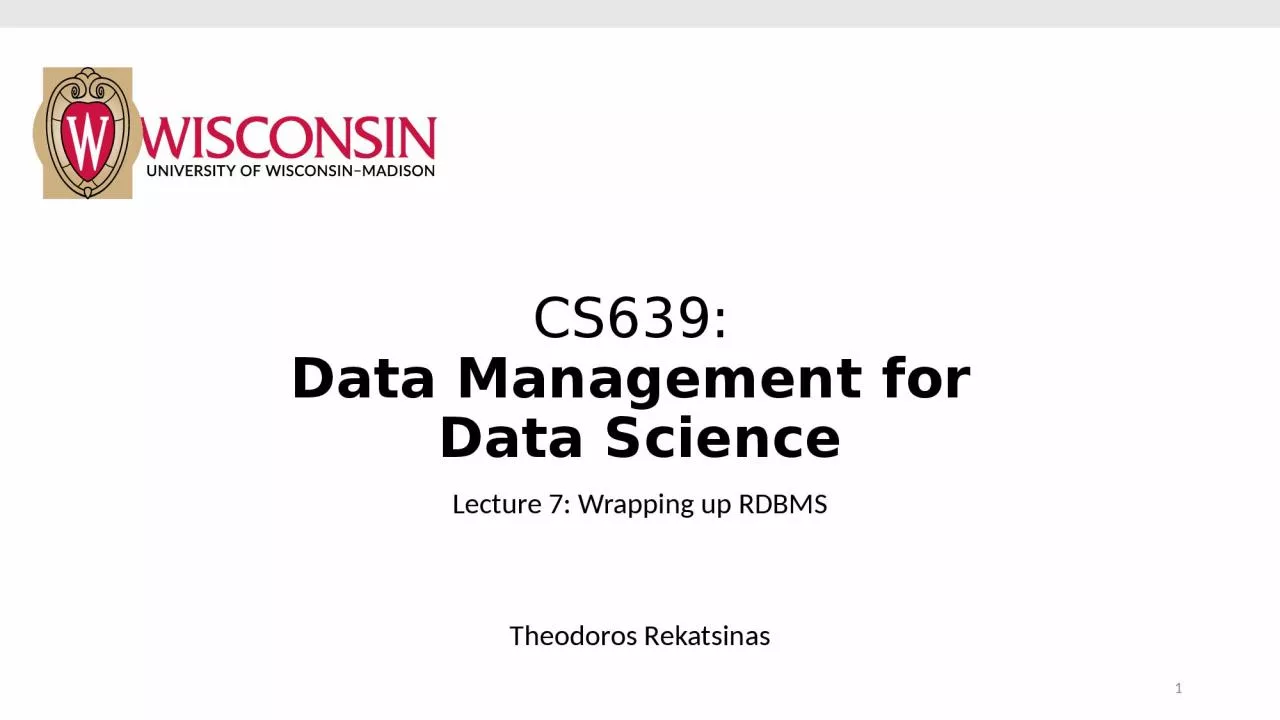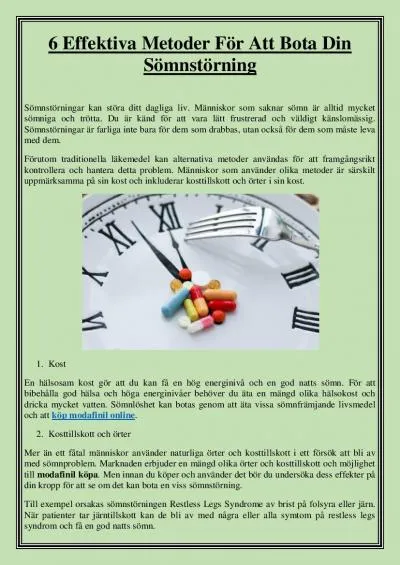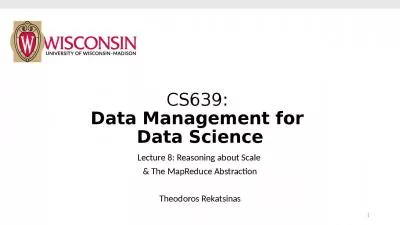PPT-CS639: Data Management for
Author : martin | Published Date : 2023-11-15
Data Science Lecture 7 Wrapping up RDBMS Theodoros Rekatsinas 1 2 Announcements Final date To be set Issue with admins Questions on PA2 Submission Template Please
Presentation Embed Code
Download Presentation
Download Presentation The PPT/PDF document "CS639: Data Management for" is the property of its rightful owner. Permission is granted to download and print the materials on this website for personal, non-commercial use only, and to display it on your personal computer provided you do not modify the materials and that you retain all copyright notices contained in the materials. By downloading content from our website, you accept the terms of this agreement.
CS639: Data Management for: Transcript
Download Rules Of Document
"CS639: Data Management for"The content belongs to its owner. You may download and print it for personal use, without modification, and keep all copyright notices. By downloading, you agree to these terms.
Related Documents














